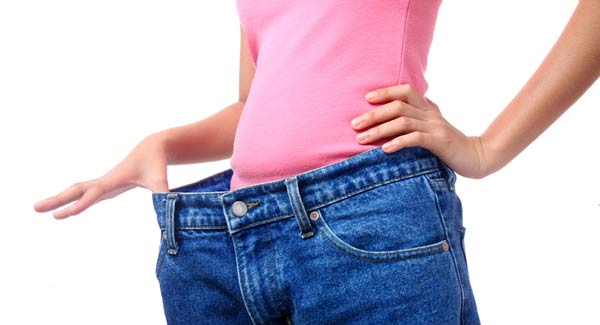After Liposuction, Exercise Needed to Keep Off Belly Fat

Liposuction can actually cause an increase in fat around the organs in the abdomen, but a sustained exercise regimen can counteract this effect, a new study from Brazil suggests.
In the study, women who had liposuctionon their abdomens, but did not exercise regularly after the surgery, experienced an increase in their visceral fat (fat stored around the abdominal organs) six months after their surgery.
In contrast, women who began an exercise program two months after surgery did not have an increase in this "belly fat."
The findings suggest that while liposuction removes fat from underneath the skin (subcutaneous fat), the body compensates for this removal by increasing the amount of fat elsewhere.
Visceral fat is thought to be more harmfulfor you than subcutaneous fat. Studies have linked visceral fat with the development of metabolic syndrome, a cluster of symptoms that include high blood pressure, unhealthy cholesterol levels and insulin resistance, all of which increase the risk for heart disease.
"Patients must be informed of the possible compensatory visceral fat growth, and the potential associated risks as a consequence of a liposuction procedure," the researchers wrote in the July issue of the Journal of Clinical Endocrinology and Metabolism. "Additionally, health professionals are encouraged to recommend exercise training as an intervention after liposuction surgery," the researchers from the University of Sao Paulo said.
Previous studies have suggested liposuction may lead to an increase in fat in other parts of the body, but these did not keep track of the amount of exercise in which patients engaged.
Sign up for the Live Science daily newsletter now
Get the world’s most fascinating discoveries delivered straight to your inbox.
The new study, 36 normal-weight women who had liposuction on their abdomens were randomly assigned to exercise or not exercise after their surgery. Those in the exercise group completed a session of strength and aerobic training three times a week for four months.
Because of the liposuction, participants in both groups had less subcutaneous fat around their abdomen, which was sustained six months after the surgery.
However, participants who did not exercise experienced a 10 percent increase in visceral fat, compared with those in the exercise group. Additionally, those in the exercise group had a decrease in the total amount of fat in their bodies, compared with the group that did not exercise. No changes in diet were observed in either group.
It's not clear why liposuction leads to an increase in fat in other parts of the body, but it could be due to a decrease in energy expenditure after the surgery, the researchers said.
Pass it on: After liposuction, exercise prevents an increase in visceral fat.
Follow MyHealthNewsDaily @MyHealth_MHND. We're also on Facebook & Google+.










